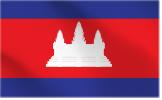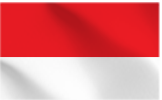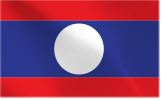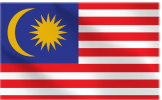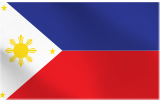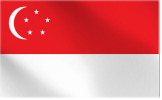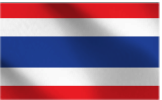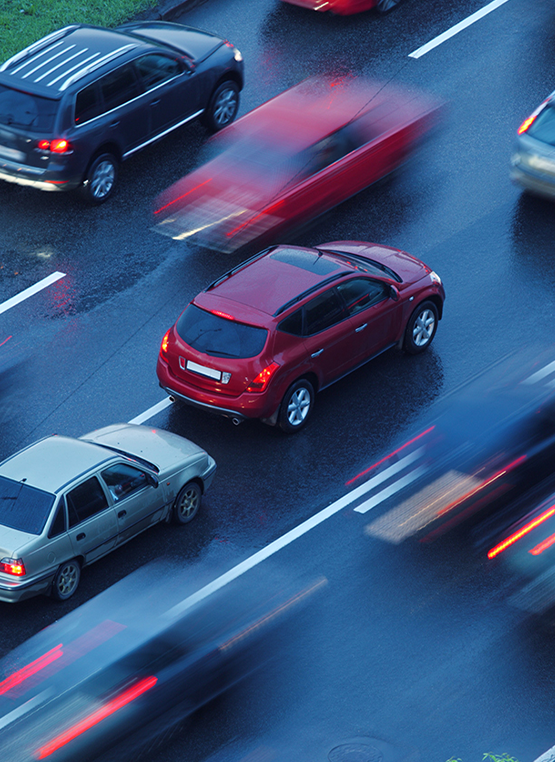ASEAN COB was established under Article 11 of Protocol 5 ASEAN Scheme of Compulsory Motor Vehicle Insurance of the ASEAN Framework Agreement on Facilitation of Goods in Transit (AFAFGIT) mandates on 10 ASEAN Countries.
ASEAN COB consists of representatives of all National Bureaux of member countries and a representation of the Transit Transport Coordinating Board.
To coordinate and supervise the legal, technical, administrative, and financial operations of the National Bureaux of all ASEAN countries.
To ultimately support the operations of Protocol 5 and accommodate the implementation of the ASEAN Transport Agreements.
On this ASEAN COB official website, beside accommodating the online purchase of Compulsory Motor Vehicle Insurance, we also provide information regarding Third Party Liability Insurance (TPL), compulsory motor insurance for cross-border motor vehicles within ASEAN countries, as well as the issuance of Certificate of Insurance or the Blue Card. As well as information and knowledge on related laws of each member country, including traffic and driving rules in each ASEAN.

Why do transit transport vehicles has to be insured?
Protocol 5 of the ASEAN Framework Agreement on the Facilitation of Goods in Transit (AFAFGIT) mandates the requirement for a Third Party Liability Insurance for vehicle involved in the transit movement. Operators of such vehicle have to purchase the required insurance policies covering the country of departure, transit and destination. The insurance documents will have to be carried in the vehicle for inspection at the border by competent authorities of the countries involved in the transit movement. Once the purchase is completed, The insured will receive the insurance certificates and Blue Card for all the countries in the transit movement. The competent authorities entrusted to enforce the insurance requirements can inspect the insurance certificates anyway along the designated routes.
Powered by
MakeWebEasy.com








